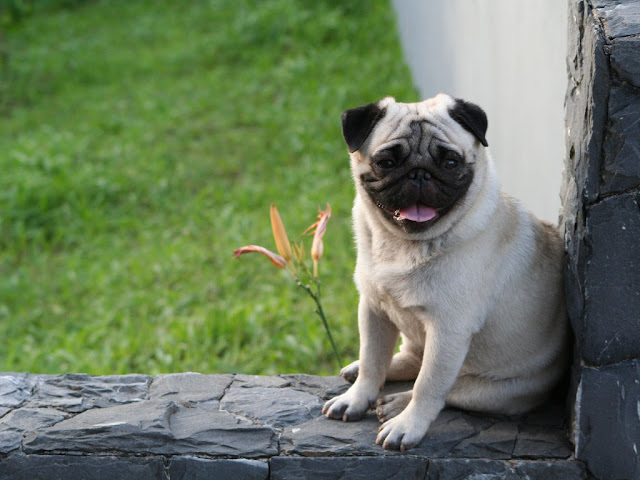The Life of Animals | Warthog | The Warthog is medium in size, like a wild suid. Female, 45-75 kg (99-170 lbs), usually are a little "is smaller and lighter than the males, from 60 to 150 kg (130-330 pounds). lower torque, which is much shorter than the upper pair is extremely sharp is closed by the friction in the upper pair and each opening of the mouth. Warthog ivory is taken from the constantly growing canine teeth. The tusks, more often in the top row is worked much reduced in the form of elephant tusks with all designs. Thinning hair covers the body. Common warthogs no subcutaneous fat and skin is thin, making them. During the rainy season boars feed on short perennial grasses. During the dry season Live bulbs rhizomes and roots of nutrients. Warthogs are powerful search engines, using both snout and paws. Warthogs wallow in the mud with the high temperatures and huddle together to try to cope with the low temperatures.
Although capable of fighting (males aggressively fighting each other during mating season) first defense of the boar escaped through Sprint. Main warthog predators are humans, lions, leopards, hyenas and crocodiles. Cheetahs are also capable of capturing boars to suit your own weight and Verreaux Eagle Owls prey like eagles and martial piglets times before. However, if a female boar pig anyone defend aggressively. Warthogs can be fatal injuries to predators such as lions inflict formidable battle ends with sometimes bleed to death with the lions. Warthogs mongooses observed band allowing their spouses to eliminate ticks. Warthogs are not territorial, but take a wide house. Warthogs live in groups called sounders. Women live in sounders with their young and with other women. Women tend to stay in their natal group and leave men, but remain within the home range.
Connecting sirens adult males only stylish women. Warthogs have two glands of the face, tusk gland and sebaceous glands. Men tend to score more than women. Warthogs use tusk marking for courtship to determine the antagonistic behavior and condition. Warthogs are seasonal breeders. Boars with two strategies clutch while the road. In the "tactical" look boars bristles roaming talent and compete for them. Boars will wait for sows produced outside their burrows. A dominant boar boar move another to woo his female. For "tactics alone", monogamy, polygamy, defense or resource defense polygamy promotes female, while "roaming tactic" promotes scramble competition polygamy.
If you are about to give birth, sows temporarily leave their families, the birth of a separate hole pull 2-8 piglets will stay with the sow in the typical 2-4 hole for several weeks nursing their piglets. Warthogs have been observed in allosucking participation. Fostering piglets nurse sows when they lose their own trash, makes cooperative breeders.
Find The Life of Animals



















































